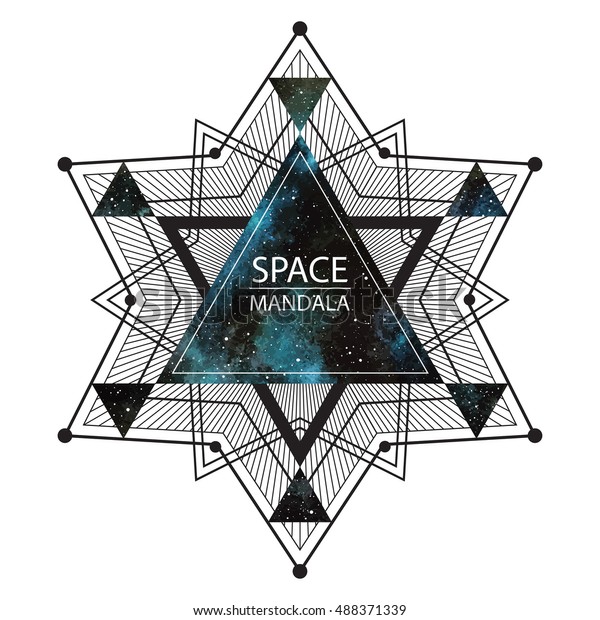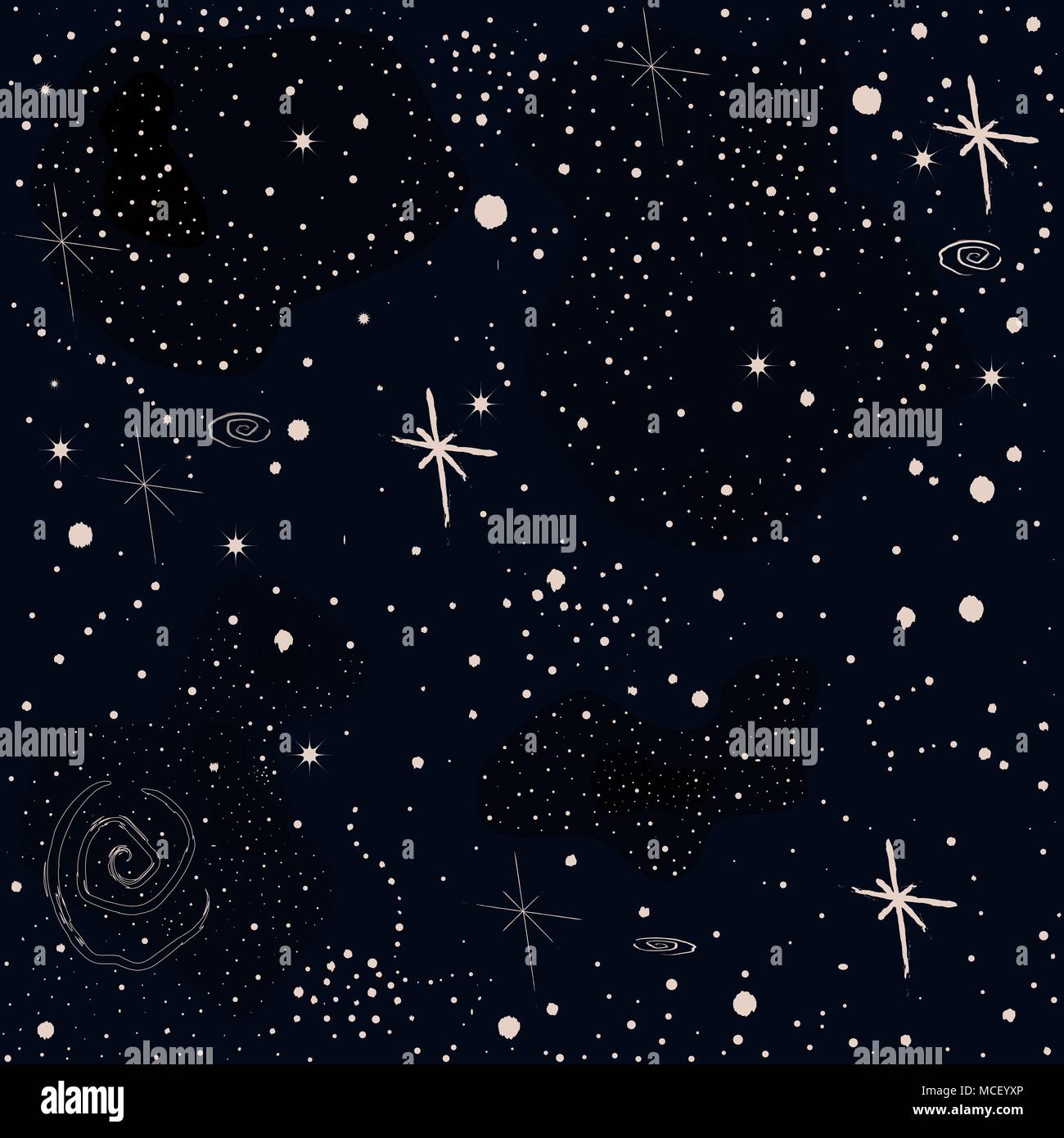
Dan: Hey, yeah, wow! And it highlights the little word as you go along.

There’ll be something that says, “To automatically follow along with the transcript as you listen, go to …,” and then there’s a link. And what you can do is under where you click ‘play’ on our website, on the episode, there will be a link now where you can actually click that one and you can – Jacinta: And so then after, you know, maybe a week or so after the episode comes out, that’s all done. Jacinta: An intelligent, intelligent intern.
#COSMIC BRUSH ASTRONOMY SOFTWARE#
But now, because we use a software called Descript, which basically has an AI transcription and then we have volunteers who go through and, you know, very carefully make sure that the transcript is accurate.
#COSMIC BRUSH ASTRONOMY FULL#
So you might be familiar, if you go to our show notes, with the fact that we have the full transcript – written transcript – down below all of the show notes on our website. But just before we get into that, I wanted to talk about the transcript for our episodes, which I’m very excited about. So, as Dan has said, we will be talking about the fact that there is no Planet B, and how and why we have to look after this one, and how we can talk about climate change as astronomers and astronomy enthusiasts. And he’s also the Chair of the American Astronomical Society Sustainability Committee. Today, we are talking with Professor Travis Rector, who is a professor of astronomy at the University of Alaska. Dan: Sit back and relax as we take you on a safari through the skies. Jacinta: Let us introduce you to the people involved, the technology we use, the exciting work we do, and the fascinating discoveries we make. Each episode, we’ll be giving you a behind-the-scenes look at world-class astronomy and astrophysics happening under African skies. Jacinta: Welcome to The Cosmic Savannah, with Dr. Why (and How) Astronomers Should Teach Climate Change: This week’s guest Travis Rector, of the University of Alaska, Anchorage Credit:NOIRLab Episode Links Our next call for applications (for term fall 2024) will be summer 2023 with the deadline in Nov.09:50 on Monday March 7th, over Kenya /hcdivoHbUe- DSCOVR:EPIC March 8, 2022 Some early and late interviews are possible. Supporting PhD students in many respects such as enrollment or offering soft skills.Ī poll published 2010 by the German Academic Exchange Service (DAAD) concluded that Heidelberg is Germany's most popular universityĭead line for next term (fall 2023) applications was Graduate Academy of Heidelberg University, HGSFP (Heidelberg Graduate School for Physics). Since autumn 2007 IMPRS-HD is an independent part of the We invite highly-qualified students who aim for a doctoral degree in the area of astronomy or astrophysics to apply.


IMPRS-HD is open for students from all countries and offers fellowships available per year for both international and national students. Research at IMPRS-HD covers a wide range of topics in astronomy and astrophysics. IMPRS-HD aims to offer outstanding research and training opportunities with excellent instrumental, observational, and theoretical research facilities.

The Astronomisches Rechen-Institut (ARI), the Landessternwarte (LSW), the Institute for Theoretical Astrophysics (ITA),Īnd the Heidelberg Institute for Theoretical Studies (HITS). Six Heidelberg astronomy-related institutes take part in IMPRS - the Max Planck Institute for Astronomy (MPIA), the Max Planck Institute for Nuclear Physics (MPIK), IMPRS-HD has been established 2004 and started its academic activities 2005.


 0 kommentar(er)
0 kommentar(er)
